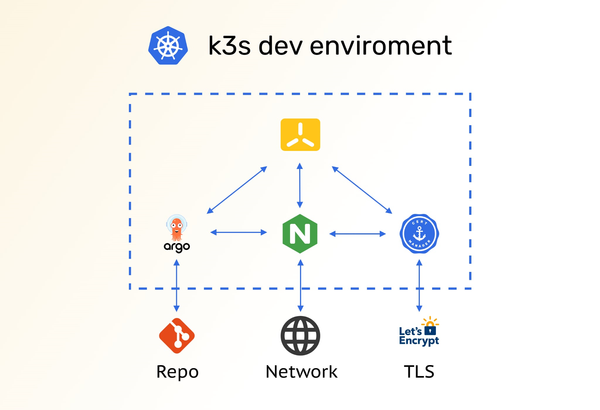IT Project Budgeting: Balancing Cost, Quality, and Risk

Effective budgeting is critical to the success of IT projects. Striking the right balance between cost, quality, and risk ensures projects are delivered on time and within scope without compromising security or performance.
Why IT Project Budgeting Matters
Poor budget planning leads to cost overruns, delays, and project failures. A well-structured budget helps organizations allocate resources effectively, anticipate risks, and maintain financial control.
Key Factors Influencing IT Project Budgets:
- Scope & Complexity – Larger and more complex projects require more resources.
- Technology Stack – Costs vary based on hardware, software, and cloud services.
- Personnel & Expertise – Skilled professionals may demand higher salaries but improve efficiency.
- Security & Compliance – Regulatory requirements can increase costs but reduce long-term risks.
Steps to Create an Effective IT Project Budget
1. Define Project Scope and Requirements
- Identify project deliverables and business objectives.
- Determine the required infrastructure, software, and human resources.
2. Estimate Costs Using Reliable Techniques
- Bottom-Up Estimation – Break down the project into smaller tasks and estimate each component.
- Analogous Estimation – Use historical data from similar projects.
- Parametric Estimation – Apply mathematical models based on project variables.
3. Allocate Resources Efficiently
- Assign budgets for development, testing, security, and operational expenses.
- Consider outsourcing vs. in-house development for cost-effectiveness.
4. Incorporate Risk Management
- Identify potential risks that may impact the budget (e.g., security breaches, vendor issues).
- Establish contingency reserves to handle unforeseen costs.
5. Monitor and Adjust Budget Throughout the Project
- Use Project Cost Management Tools like Jira, Microsoft Project, or SAP for real-time tracking.
- Implement Agile budgeting principles for flexibility.
- Conduct regular financial reviews and adjust based on project progress.
Common Budgeting Pitfalls and How to Avoid Them
- Underestimating Costs – Use historical data and expert input to improve accuracy.
- Ignoring Security and Compliance – Factor in cybersecurity measures from the start.
- Lack of Stakeholder Communication – Keep finance, IT, and leadership aligned on budget status.
- No Contingency Planning – Always include a reserve fund for unexpected expenses.
Final Thoughts
Successful IT project budgeting requires a balance between cost control, risk mitigation, and maintaining quality. By leveraging strategic budgeting techniques and continuously monitoring expenses, organizations can optimize IT investments while ensuring project success.





